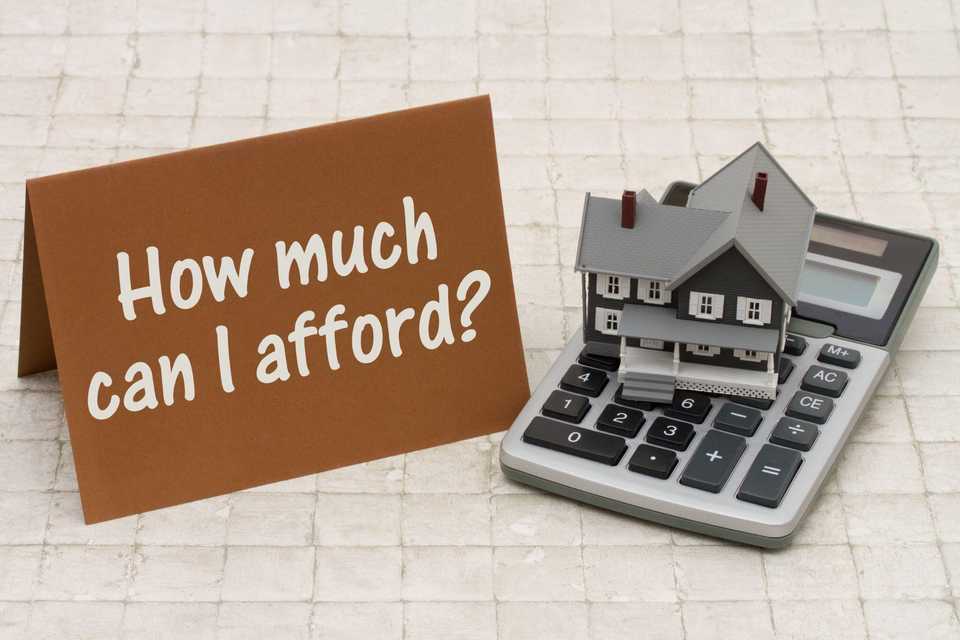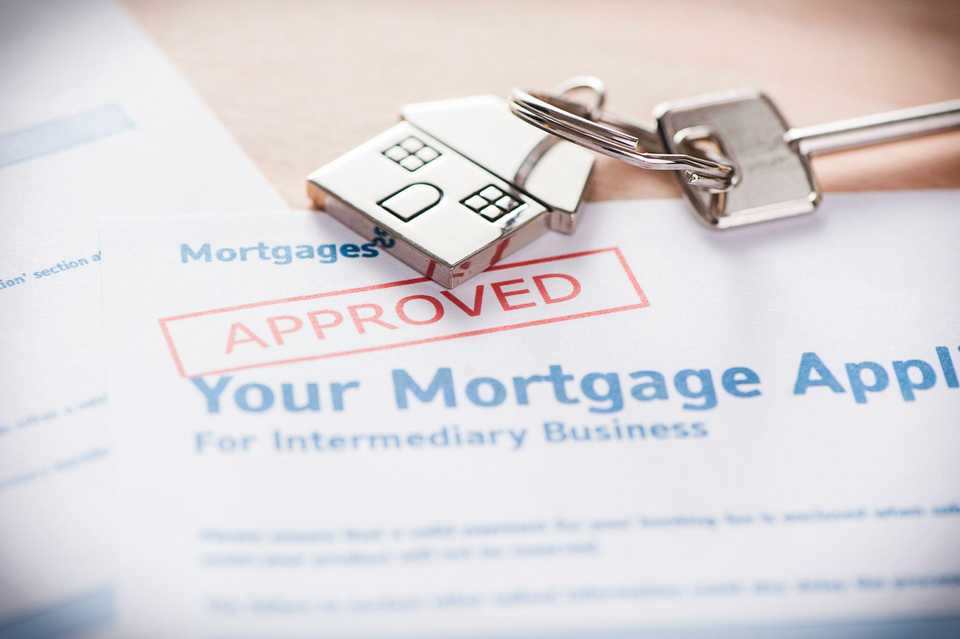Understanding second mortgages isn’t as complicated as you might think!
In Ontario, the real estate market's dynamics and legal framework shape how second mortgages work, making it essential for homeowners to understand the technicalities behind them.
Unlike a primary mortgage, which is typically used to purchase the property, a second mortgage is an additional loan taken against the equity of the same property. In other words, it’s an extra loan that is based on how much of your house you have already paid off.

Second mortgages can be a good option if you need money for big expenses like home renovations, paying off other debts, or covering education costs. However, it’s important to know that a second mortgage also comes with its own set of terms, risks, and benefits.
Keep scrolling to learn more from JuriGo about Ontario’s rules and market conditions around second mortgages!
How does a second mortgage work?
In Ontario, the process for getting a second mortgage, also known as a Home Equity Loan, is similar to getting your first mortgage, but with some differences. For instance, the first thing lenders look at is the equity you have in your home.
The more equity you have, the more you might be able to borrow. This is because your equity serves as security or collateral for the lender and the idea is that the more of your home you own, the less risky the loan is for the lender, and the more they might be willing to lend you.

As you pay down the mortgage for your house over time, if the value of your home increases, you build up equity in your home.
Equity is the portion of your home that you truly "own" – it's the value of your home minus any debts you owe on it, like your mortgage. It's called a "second" mortgage because it comes after your first mortgage in terms of priority if you can't pay and the house is sold to cover debts.
However, second mortgages typically come with higher interest rates compared to first mortgages, given their increased risk. Lenders charge a premium to compensate for the potential risk of being second in line to recoup their funds if the borrower defaults.
Who is eligible for a second mortgage in Ontario?
| In Ontario, if you have at least 20% equity in your home, you may qualify for a second mortgage. The amount you can borrow is determined by equity (particularly the home's appraised value), theoutstanding amount on your initial mortgage, a good credit score, and a stable financial situation. |
|---|
Your home equity can increase in two ways: through mortgage payments and if the value of your home appreciates.
Borrowing against your home equity can be an attractive option, as interest rates tend to be lower compared to other types of loans. Nevertheless, not all financial institutions provide home equity financing, so it's crucial to inquire about the options at your specific institution.
When you opt for a second mortgage, you agree to repay it in monthly installments, mirroring the structure of your first mortgage. However, a notable aspect of second mortgages is their often shorter amortization periods.
Whereas a primary mortgage might stretch over a couple of decades, second mortgages may have terms as short as five to seven years. This shorter timeframe is reflective of their nature as a solution for more immediate financial needs, rather than long-term financing.
Additionally, there's usually a minimum borrowing amount in place, which could range from $1,000 to $5,000, depending on the lender's policies and the borrower's needs.

A crucial term in the world of second mortgages is the Loan-to-Value (LTV) ratio. This ratio is a way lenders measure how much you're borrowing against the value of your home. Most of the time, lenders will only let you borrow up to 80% of your home's value.
So, if your home is worth $100,000, the most you could borrow in total is $80,000. Lenders set this limit because higher LTV ratios are riskier for them. If you have a high LTV ratio and can't pay back your loans, selling your home might not cover the whole debt, which is a risk for the lender.
If your LTV ratio is high (above 80%), you might need to get mortgage insurance. This insurance doesn't protect you; instead, it protects the lender in case you can't pay back your loan. It's an added cost to consider when you're thinking about a second mortgage, especially if you're borrowing a large amount compared to your home's value.
As with any financial decision, JuriGo recommends consulting with a property lawyer to see if a second mortgage makes sense for your specific situation.
Other types of refinancing options
Besides second mortgages, there are a few other ways of leveraging equity, including through a Home Equity Line of Credit (HELOC), private mortgages, and blended mortgages .

A HELOC is a revolving line of credit that provides access to funds up to a predetermined limit. It operates similarly to a credit card or line of credit, allowing you to borrow money when needed and repay it as you would with any other revolving credit.
While a HELOC is often considered a type of second mortgage because it is secured against the equity in your home, it differs in that it provides a revolving line of credit. In contrast, a traditional second mortgage is a lump sum loan with a fixed repayment schedule.
A private mortgage is a loan provided by an individual or a non-bank lender rather than a traditional bank or financial institution. While a private mortgage can be a first or second mortgage, the distinction lies in the lender and potentially the terms, which might be different from those offered by banks.
A private second mortgage is secured against the home just like a bank-provided second mortgage. It’s important to note that private lenders often charge higher interest rates and set-up fees to compensate for the increased risk and costs involved.
The maximum loan size for a private mortgage can vary significantly depending on the lender and the specific circumstances. Most private lenders tend to use 80% LTV as a limit to avoid taking on additional risk. However, some lenders may be willing to provide loans with a higher LTV, depending on their lending criteria.
You can also leverage equity and potentially secure a lower mortgage rate through a blended mortgage. Normally, if you want to change your mortgage to get a better rate, you have to end your current mortgage agreement early.
But doing this usually comes with a significant fee, called a prepayment penalty, that can be so expensive that it's not worth it to change your mortgage. This is where a blended mortgage helps. Instead of ending your current mortgage and paying the big fee, you can combine your current interest rate with the new, lower rate you've found. This way, you can take advantage of the lower rate without having to pay the expensive penalty.

The biggest advantage of a blended mortgage rate is that you avoid the prepayment penalty, saving you a significant amount of money, and it provides a balanced rate that can be easier to manage and plan for in your finances.
However, it’s important to consider that blended mortgages are a compromise, so the blended rate will not be as low as the lowest rate available in the market. In addition, not all lenders offer blended rates, and the way they calculate these rates can vary.
What are some of the advantages and disadvantages?
When deciding whether to get a second mortgage or other refinancing options, such as a HELOC, it is important to consider the advantages and disadvantages associated with it.
For instance, if you have substantial equity in your home and need funds for major expenses, such as home renovations, education, or unforeseen medical costs, a second mortgage can provide access to a lump sum amount, or a line of credit in the case of a HELOC, offering financial flexibility.

Additionally, a second mortgage does not alter the terms of your first mortgage.
This means you can access funds without losing the benefits of a low-interest rate or favourable loan terms that you may have secured with your initial mortgage. However, taking on a second mortgage adds to your overall debt load.
| It's essential to assess whether the benefits of accessing additional funds outweigh the long-term financial implications of carrying more debt. Defaulting on a second mortgage can also result in the loss of your home , so it’s important to consider your ability to manage the additional debt, especially during unforeseen financial challenges. |
|---|
Still wondering if you should proceed with a second mortgage?
If you're uncertain about the best course of action, consulting with a lawyer who specializes in mortgages can provide valuable insight based on your specific situation.
They can help you assess whether a second mortgage aligns with your long-term financial goals and provide clarity on the potential benefits and drawbacks given your unique financial scenario.
By filling out the form below, JuriGo will connect you with the right property lawyer who can assist you. Our service is completely free of charge and without any obligations!